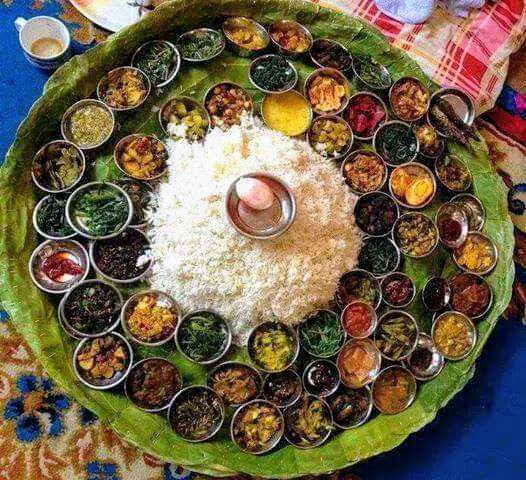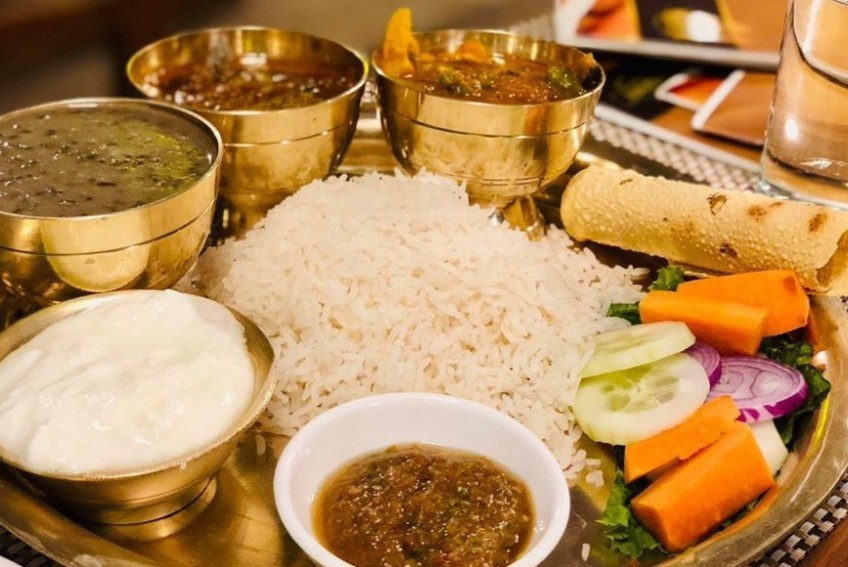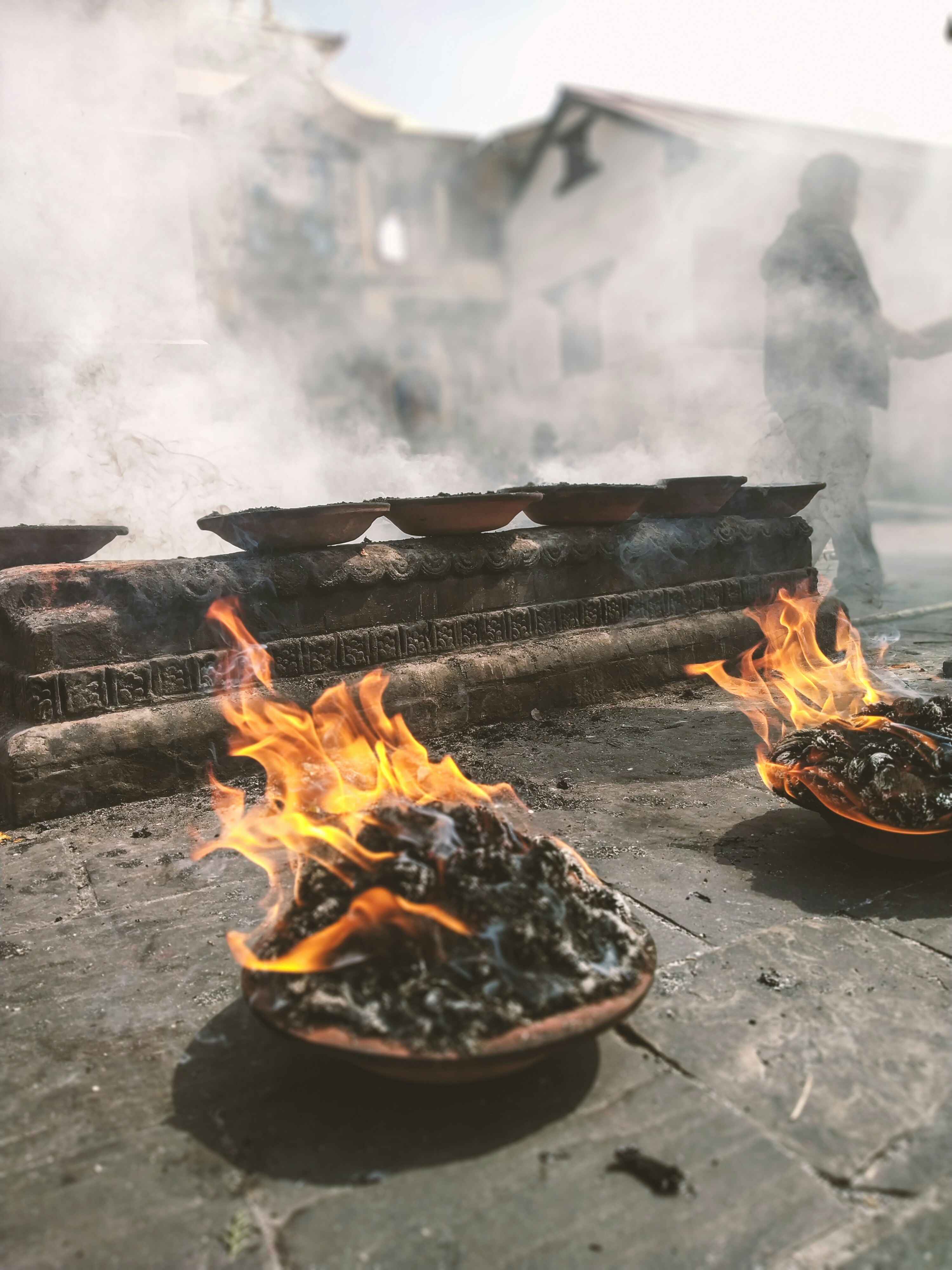Share this Article
The Terai region, known for its rich agricultural land and diverse cultural traditions is home to a variety of unique and flavorful foods, among the many culinary delights that have stood the test of time, Bagiya remains a beloved dish in this region distinct from the deep fried Gujiya or other variants, the steamed Bagiya offers a healthier twist to a traditional favorite. This version is made with lentils and fillings, creating a unique blend of flavors and textures that reflect the ingenuity and resourcefulness of the Terai people.
Origins of Bagiya
Bagiya has been an integral part of the Terai region’s food culture for generations. Traditionally, it was created to provide a simple, yet nutritious meal using locally available ingredients. The Terai people, primarily farmers, relied heavily on grains and lentils as staples in their diet. The use of these ingredients in Bagiya reflects the region’s agricultural abundance.
Historically, food in the Terai region was prepared with the intention of preserving it for longer periods. The use of steaming in Bagiya allowed people to store and consume it over time. The dish gradually evolved, with local variations in the type of fillings and spices used. While Bagiya has its roots in rural culinary traditions, it has spread across the region and beyond, becoming a dish enjoyed during festivals, family gatherings, and everyday meals among the terai community.
The Preparation of Steamed Bagiya
Unlike its deep-fried counterpart, the steamed Bagiya is lighter and healthier, making it an ideal choice for those who prefer less oily foods. The preparation process begins with the making of dough, typically from rice flour or wheat flour, which is then kneaded with water and a pinch of salt to form a smooth, pliable consistency once the dough is prepared, it is shaped into small discs, which serve as the outer layer of the Bagiya.
The key element of Bagiya is the filling, which adds both flavor and nutritional value. Commonly, the filling consists of lentils, such as yellow split peas, mung beans which are cooked and mashed to create a smooth paste. The lentil filling is then spiced with ingredients like cumin, turmeric, ginger, garlic, and coriander to enhance its flavor. Vegetables like potatoes, peas, and onions may also be added to the filling or empty inside by just giving a unique design with dough depending on regional preferences.
Once the filling is prepared, it is placed inside the dough discs, which are carefully sealed. The filled Bagiya is then placed in a steaming vessel and cooked until it becomes soft and fully cooked through. The steaming process imparts a delicate flavor and texture to the dish, making it a wholesome and satisfying option for a meal or snack.
The Consumption of Bagiya
Steamed Bagiya is a popular food item in the Terai region, commonly consumed during breakfast, lunch or as an afternoon snack. It is often served with chutneys, sauces or prepared lentil(daal) to enhance its taste, common accompaniments include mint chutney, tamarind sauce. The combination of the steamed dough and flavorful lentil filling makes Bagiya an enjoyable snack for people of all ages.
In rural areas, it is not uncommon to find families preparing large quantities of Bagiya to share during festivals and special occasions. The dish holds particular significance during celebrations like Dashain, Tihar and Holi, where it is prepared in large batches to be shared among friends and family members. The act of preparing Bagiya becomes a communal event, with people coming together to cook, chat and celebrate. It is a symbol of hospitality and a representation of the strong sense of community that exists in the Terai region.
The Nutritional Value of Steamed Bagiya
The steamed version of Bagiya is not only delicious but also offers a number of nutritional benefits. Lentils, the key ingredient in the filling, are an excellent source of protein, fiber and essential vitamins like folate and iron. They contribute to heart health, regulate blood sugar levels and support digestive health. The dough, typically made from rice or wheat flour, provides carbohydrates that offer energy for daily activities.
The addition of vegetables like potatoes and peas further enhances the dish’s nutritional profile, adding vitamins, minerals, and antioxidants. Steaming the Bagiya instead of deep frying makes it a healthier option, as it contains less oil and fat while retaining the natural flavors of the ingredients. It is an ideal choice for those looking for a light, nourishing and satisfying meal or snack.
Despite its health benefits, it is important to consume Bagiya in moderation due to its calorie content, especially if served with rich accompaniments like fried chutneys or creamy dips. However, its balanced ingredients and preparation method make it a better alternative to deep-fried snacks.
Cultural Significance of Bagiya in Terai Life
Food in the Terai region is not just about nourishment; it plays an essential role in cultural identity and social bonding. Bagiya, with its simple yet flavorful nature, is a symbol of hospitality, community and tradition. The preparation and sharing of this dish represent the region’s emphasis on family values and togetherness. It is a food that connects people, transcending age, background and social status.
During festivals,celebrations or normal times when having a meal , Bagiya becomes more than just a dish it becomes an expression of joy, gratitude and togetherness. Preparing it is a collective activity that strengthens familial and social bonds. The act of offering Bagiya to guests is a gesture of goodwill and friendship, reflecting the warm and welcoming nature of the people in the Terai region.
In many rural households, Bagiya is passed down through generations, with each family having its own unique recipe and methods of preparation. These traditions are simple though they are a testament to the resilience and creativity of the Terai people, who have developed a cuisine that is both practical and flavorful.
Conclusion
Steamed Bagiya is a culinary gem of the Terai region, offering a delicious, nutritious and culturally significant dish that has been passed down through generations. It embodies the agricultural roots and community spirit of the Terai people, providing a meal that is both wholesome and satisfying. Whether enjoyed as a snack, part of a festive meal or shared with family and friends, Bagiya continues to be a beloved dish that holds a special place in the hearts of many.
As the world becomes more health-conscious and food preferences evolve, the steamed Bagiya remains a timeless dish that will continue to connect people, celebrate tradition and nourish the body for years to come.
Categories:
Food & Drink
Tags:
Bajiya
,
TraditionalFood








